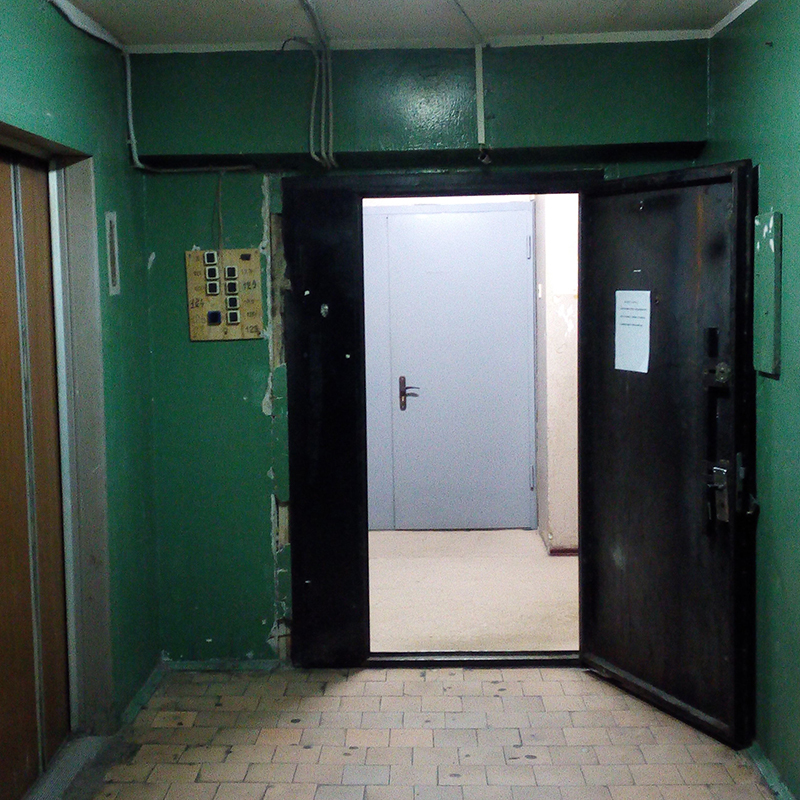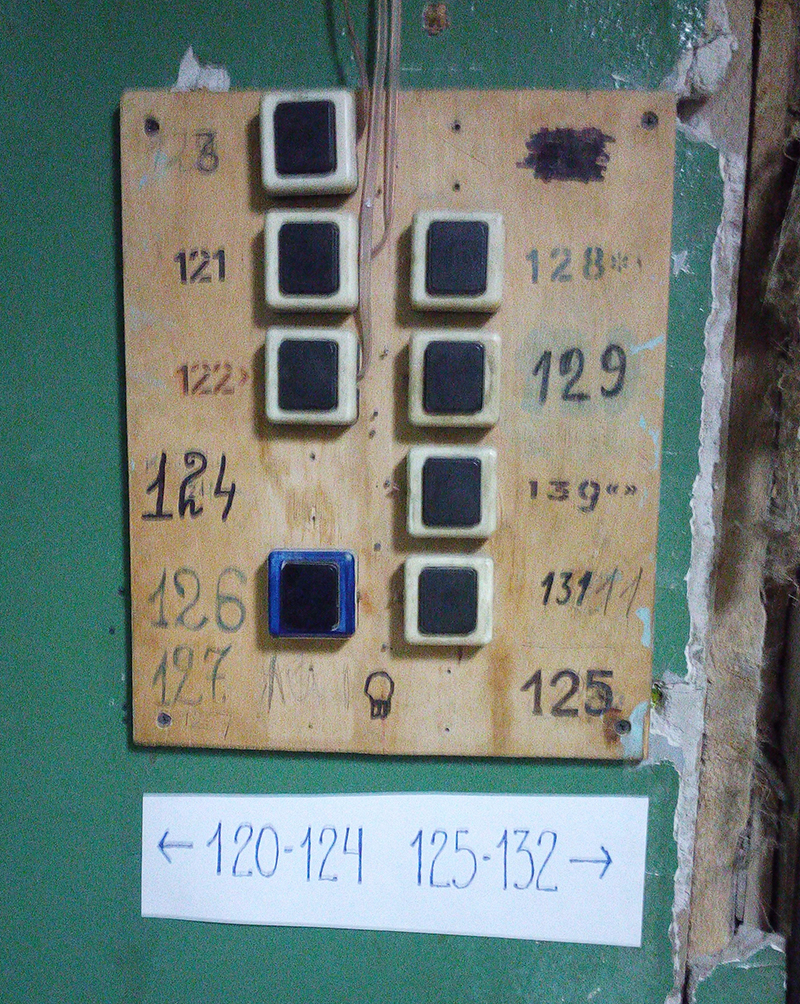“Optimize it!”

Today I would like to talk about optimization. But not about optimizing the web or applications, albeit about optimizing everyday and everyday interfaces. No, I will not speak again about cranes and about what an incredible leap mankind has made by inventing a mixer. However, my topic is close. Close to the fact that I will talk about the things that surround us, which we are so used to using, that we stop seeing the beautiful in them - optimization!
By the way, if you use Figma , I recommend paying attention to our ready-made design systems . They help freelancers to complete more orders per month, programmers can create beautiful applications on their own, and the Timlids “run through” sprints faster using ready-made design systems for teamwork.
And if you have a serious project, our team is ready to deploy a design system within the organization on the basis of our developments and tailor it to specific tasks using Figma. Web / desktop, and any mobile. We are also familiar with React / React Native. Write to T: @kamushken
')
I urge you to look around and admire how nature drives us and makes us invent different ways to make life easier. Evolution in all its glory! Of course, all these gadgets, smartphones and other things that optimize our livelihoods are interesting. Also interesting are the ideas of the monsters of the IT industry, who are trying to endow smartphones with properties that, once having learned everything about us (on our own initiative), will prompt us how to “live on more optimally”. But I'm not even about that.
I want to remind all of us that we are creators and innovators! In each of us a small genius is capable of waking up, who is able to make some daily household process more optimal. I am sure that many of us so often optimize our lives that they don’t attach any importance at all to the proper awareness of how deep and fascinating it is.
Living example from life. Literally in hot pursuit. Suppose, all in the same in order to optimize, you change your place of residence and move closer to the place of work. The tall 16-storey panel house of an unusual internal structure: you enter the staircase and see three elevators on the left hand, three elevators on the right. In fact, this is the former hostel of the now-defunct sugar factory. And now there are many full-fledged privatized apartments. The unusual thing is that the left elevator brings you to odd floors, right to even ones.
This is the first point that you definitely have to mention in the comments when buying something in online stores. The second point is the interesting structure of the floor: from the elevator you get into the “waiting room” and from it into a long corridor in which there are about 10-12 apartments scattered around. The courier may wander for a long time. Especially when in the waiting room he is met by a “memorable” plate with apartment numbers and calls.


It would seem that it adds understanding: I want to assume that the left row of numbers and buttons indicates all the apartments on the left, the right on the apartments on the right. But in reality it turns out to be not quite so. That is, a person is immediately allowed on the wrong path. Then I allowed myself to intervene:

Given the chance to “get lost” at the stage of immersion in the elevator, I figured out how to optimize my life, pointing the easy way to the courier to the door and saving myself from the annoying calls of those who still got lost.
Another example of life optimization. Three years ago I bought a bike. Banal and familiar thing, especially considering the cycle-boom and popularization of recent years. Decathlon and inexpensive. And I ride all year round. Notice, “I go”, instead of “I ride”. Why is this optimization too? Because I used to spend 30 minutes on the way to and from the nearest store. From now on, the total travel time on a bicycle hardly exceeds 10 minutes.
I like to consider these things as products of design thinking. Just in a different, more universal plane. And now, let's follow my call at the very beginning and look around. Here are some simple examples:
Toilet paper. Have any of you appreciated how successfully the manufacturer optimized for us the process of getting rid of the cardboard frame when the next roll ended? Washable sleeve is great! Just thrown into the toilet and washed. It is so everyday that few of us think that this is a great fruit of design thinking. Once this daily life brought to the curiosity. I had to dunk my hand “by the elbow” into the toilet, having found in the house a finished roll of a manufacturer that this functionality does not support.
Another couple of examples that came to hand when I looked around:

Interests of people who care that the tool can wake up, that children can get to it

Considered the interests of people who want to salt plentifully

Interests of people who wish to use hygienic lipstick with one hand are taken into account.
Take another look at the things that surround you. Turn on the imagination. Can you do something better, more convenient, more understandable?
How can I be useful for your web / mobile application? I develop interfaces for any systems and platforms. Provide usability consulting services. I apply design thinking to solve any problems of interaction between the system and users. I use engineering-ituitive approach to build optimal user scenarios. I have the innate ability to put myself in the place of users and identify possible non-optimalities of their future experience. Write to Skype: creativiter / or by mail: kamushken@gmail.com
I regularly run the “Useful Designer” column, in which you will find fresh utilities, plug-ins and tools for designer productivity.
Subscribe to this channel in Telegram to quickly receive interesting links that will help improve your workflow
Source: https://habr.com/ru/post/273643/
All Articles